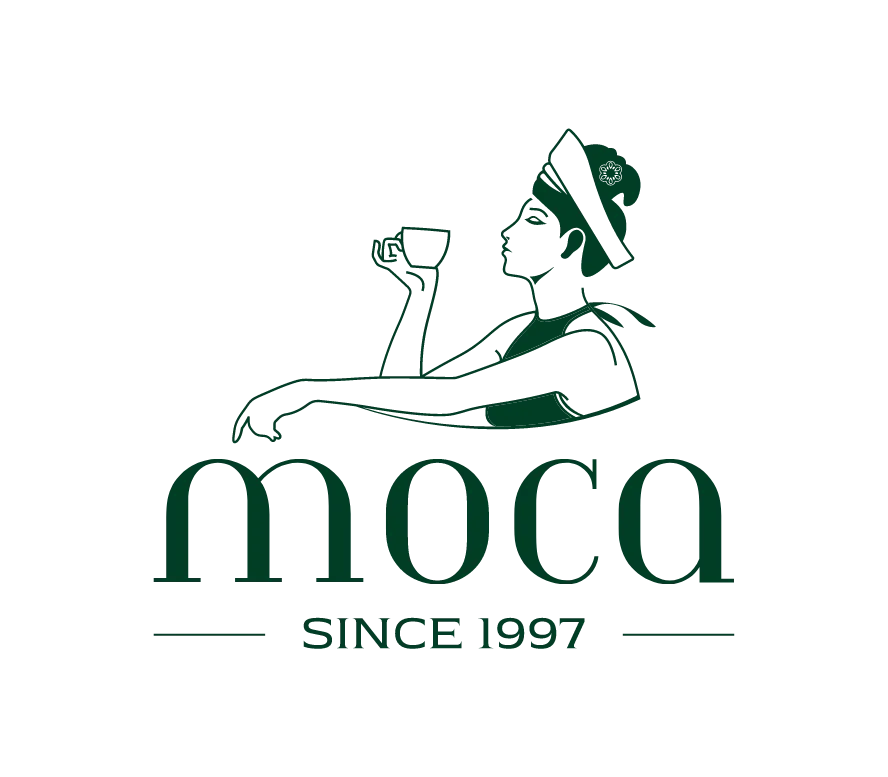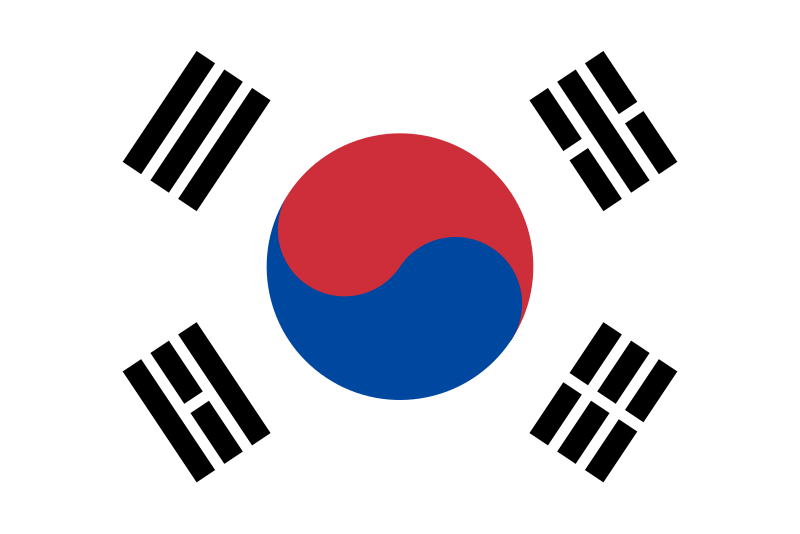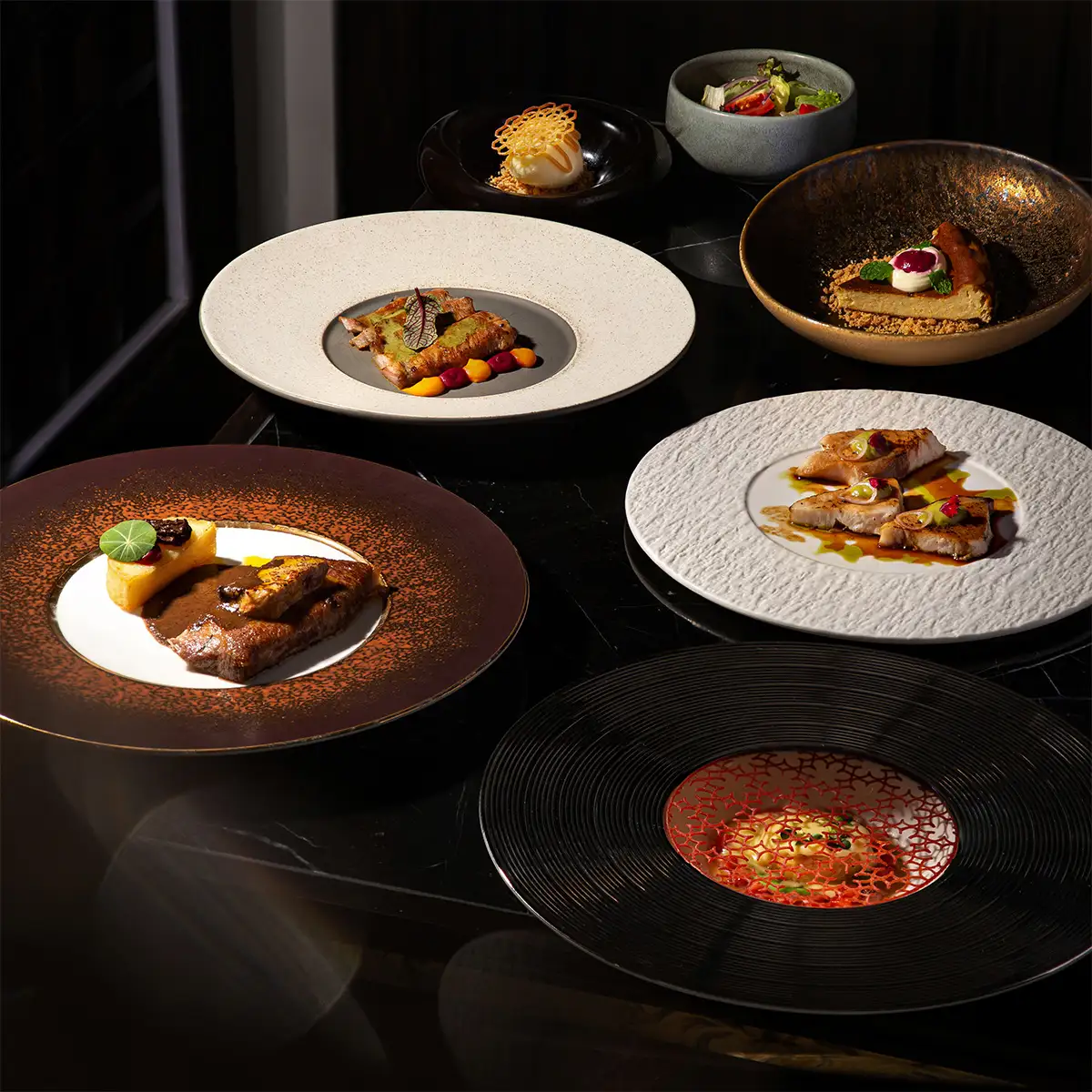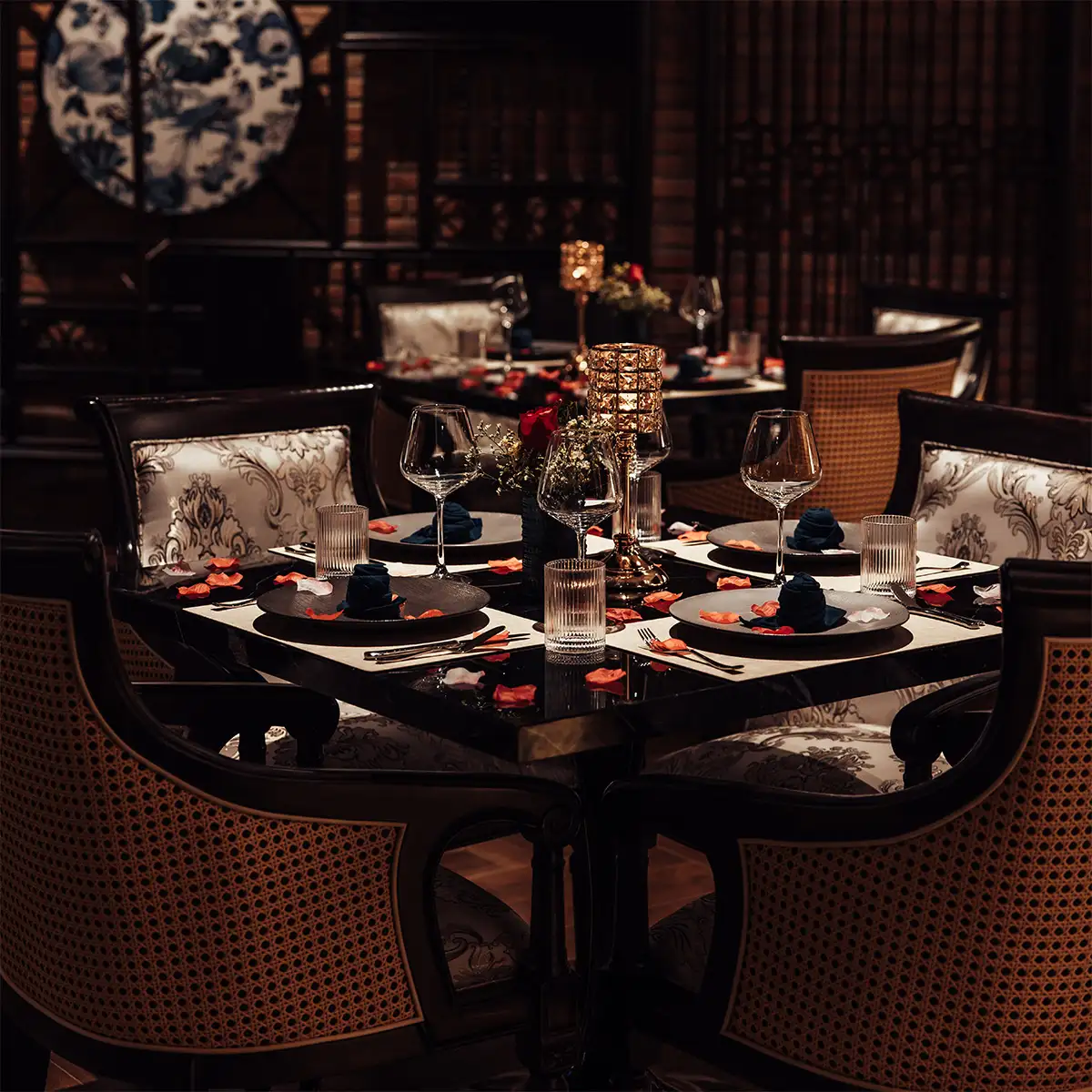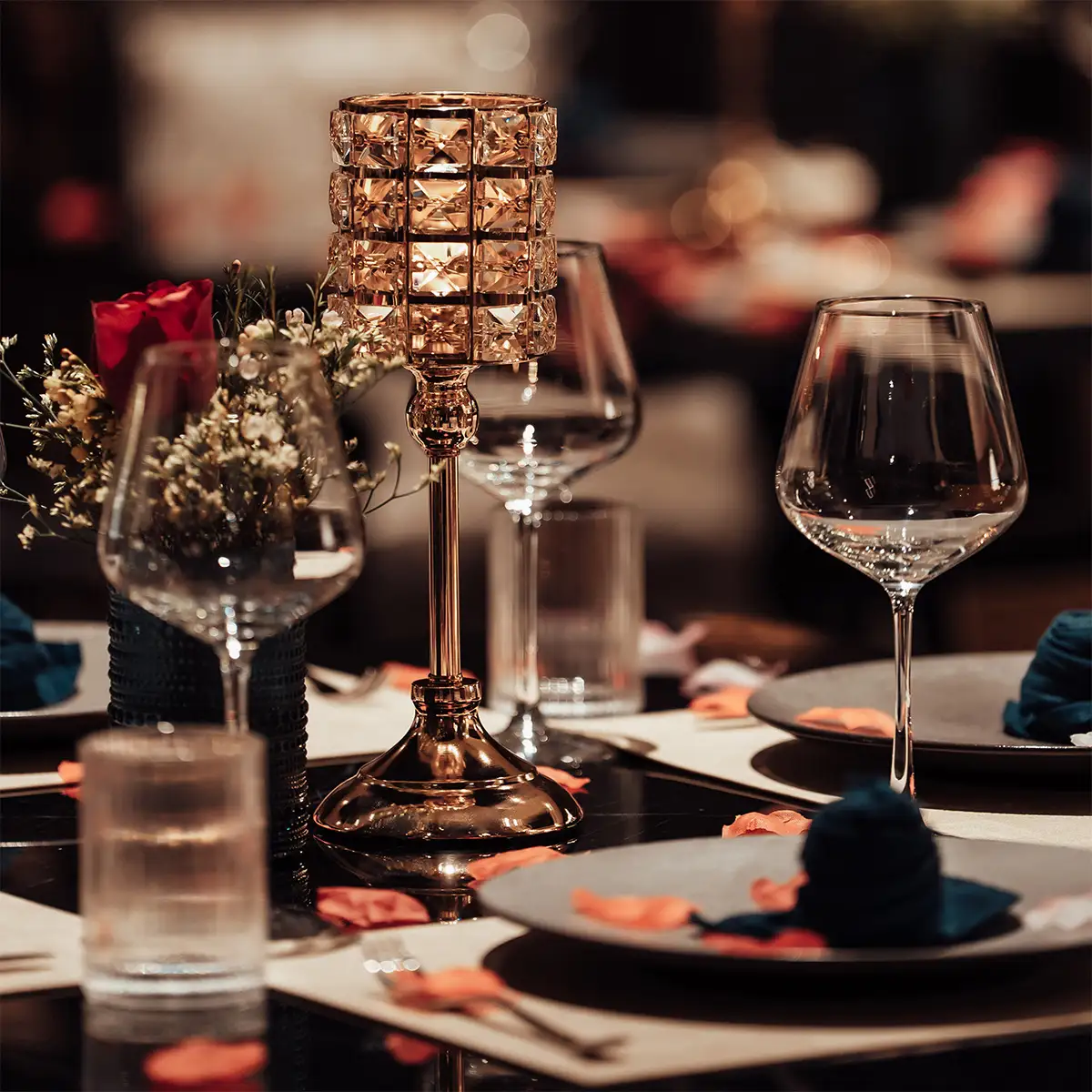The Michelin Guide, a hallmark of global culinary excellence, increasingly recognizes Asia's vibrant culinary scene. This article explores Michelin Asian Restaurants in Vietnam, where innovation and passion create unforgettable dining experiences. We will delve into the diversity of Asian cuisine in Vietnam, highlight Michelin-starred establishments, and examine the impact of these stars on the evolution of Asian gastronomy within the country.
1. The richness of asian culinary diversity in Vietnam
Vietnam, a land of breathtaking landscapes and vibrant culture, is also a melting pot of Asian culinary traditions. From the delicate flavors of Japanese teppanyaki to the rustic charm of Northern Vietnamese cuisine and the intricate artistry of Cantonese dim sum, the country offers a captivating tapestry of Asian gastronomy. The Michelin Asian Restaurant scene in Vietnam showcases this diversity, presenting diners with an array of choices that reflect the breadth and depth of Asian culinary heritage.
The beauty of Asian cuisine in Vietnam lies not only in its variety but also in its ability to seamlessly blend traditional flavors with modern techniques. Chefs are constantly pushing boundaries, experimenting with new ingredients and innovative presentations while staying true to the essence of their culinary roots. This fusion results in dishes that are both familiar and surprising, offering a unique and exciting dining experience.
Moreover, the emphasis on using high-quality, locally sourced ingredients is a defining characteristic of Michelin Asian Restaurants in Vietnam. Chefs are committed to supporting local farmers and producers, ensuring that their dishes are made with the freshest and most flavorful ingredients available. This commitment not only enhances the quality of the food but also contributes to the sustainability of the local food system.
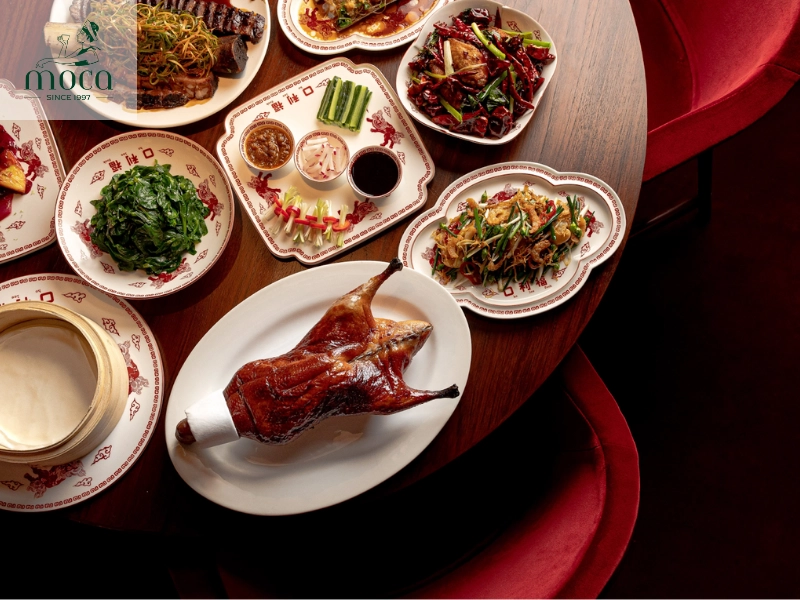
Vietnam's Michelin Asian restaurant scene blends traditional flavors with modern techniques, offering a unique and unforgettable dining experience.
Learn more: What is a Michelin Star? A Definitive Guide from the MICHELIN Guide
2. Featured Michelin-starred Asian restaurants in Vietnam
Vietnam's culinary landscape boasts a selection of Michelin Asian Restaurants that have earned their stars through exceptional quality, innovation, and dedication to their craft. Let's explore some of these establishments:
- Hibana by Koki (Hanoi): This restaurant focuses on Japanese cuisine, with a particular emphasis on teppanyaki. Chef Koki, with years of experience in Michelin-starred restaurants in Japan, believes in honoring the integrity of each ingredient, showcasing its natural flavors through precise cooking techniques. The restaurant embodies the spirit of Japanese hospitality, offering a unique and intimate dining experience. Signature dishes include the A5 Wagyu teppanyaki and the seasonal seafood selections. The ambiance is elegant and refined, with a focus on the theatrical presentation of the teppanyaki cooking.
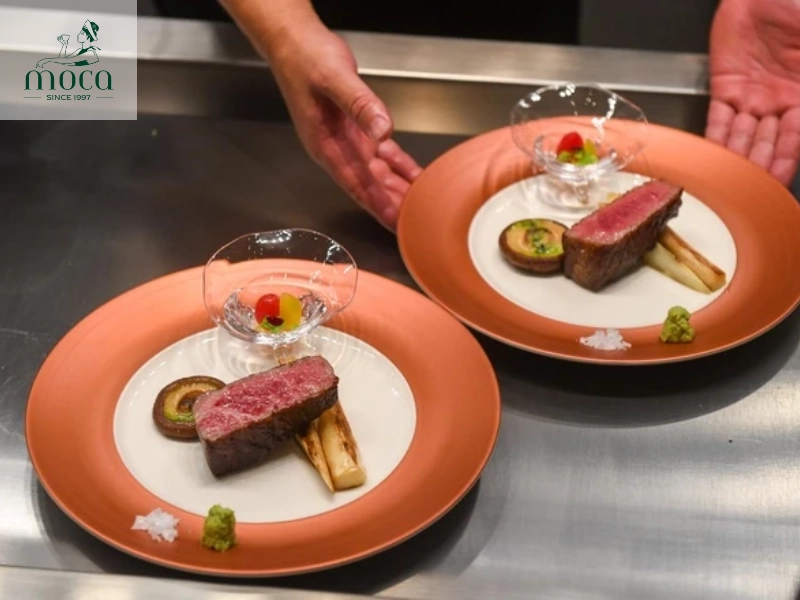
Experience the artistry of teppanyaki with Chef Koki, where every dish tells a story of precision and flavor.
- Tầm Vị (Hanoi): Tầm Vị specializes in traditional Northern Vietnamese dishes, offering familiar flavors prepared with refined techniques. The chef's culinary philosophy centers around preserving the authenticity of Vietnamese cuisine while elevating it to a new level of sophistication. Signature dishes include cá kho tộ (braised fish in clay pot) and bún chả (vermicelli with grilled pork). The restaurant boasts a cozy atmosphere with rustic décor, reminiscent of a traditional Vietnamese home.
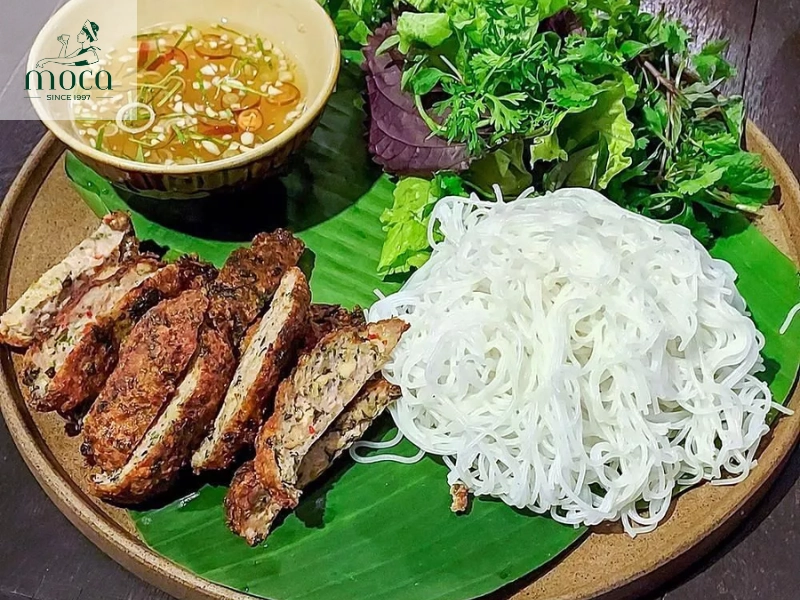
Savor the timeless flavors of Northern Vietnam, where tradition meets sophistication in every dish.
- Ănăn Saigon (Ho Chi Minh City): While primarily serving European cuisine with Vietnamese influences, Ănăn Saigon offers a unique fusion of Western and Vietnamese culinary traditions. Chef Peter Cuong Franklin's innovative approach to cooking has earned the restaurant critical acclaim. Signature dishes include the Đà Lạt Pizza and the Foie Gras Spring Rolls. The ambiance is modern and stylish, with a vibrant and energetic atmosphere.
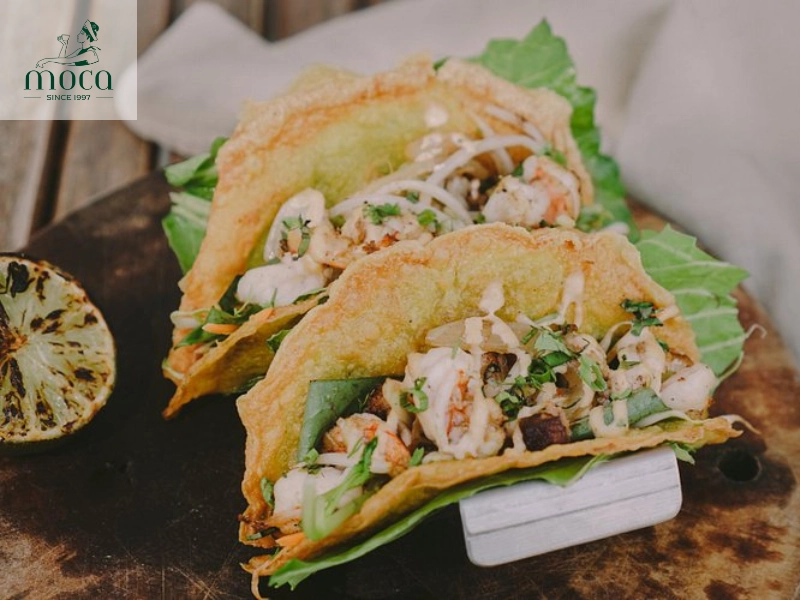
Where Western elegance meets Vietnamese creativity, Chef Peter Cuong Franklin’s fusion dishes redefine the dining experience.
- The Royal Pavilion (Ho Chi Minh City): Specializing in Cantonese cuisine, The Royal Pavilion is renowned for its dim sum and diverse menu. The chefs bring years of experience in Cantonese cooking, creating dishes that are both authentic and refined. Signature dishes include the Peking duck and the wide variety of dim sum. The restaurant offers a rich Cantonese dining experience, with elegant décor and impeccable service.
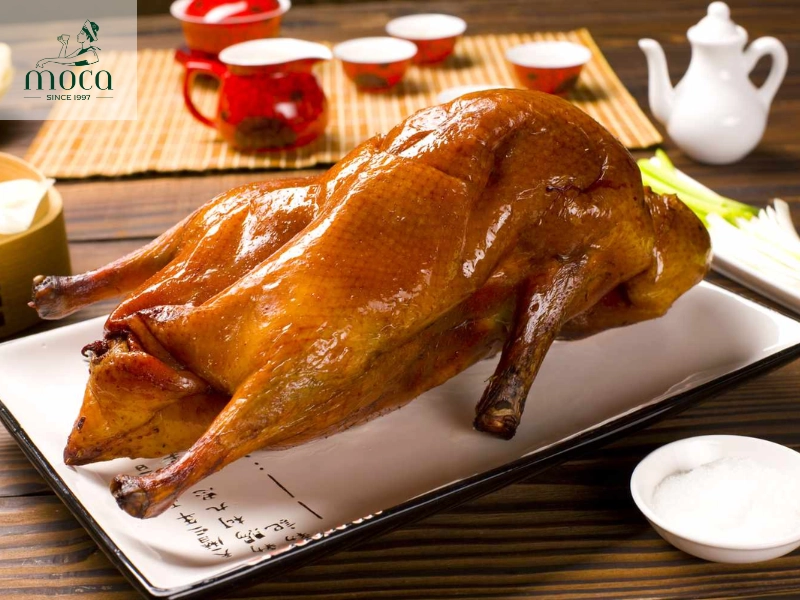
Indulge in authentic Cantonese flavors, where tradition meets elegance in every dish.
3. The culinary delights
The Michelin Asian Restaurants in Vietnam are not just about food; they are about crafting an unforgettable culinary experience. The dedication to quality begins with the meticulous sourcing of ingredients. Chefs forge relationships with local farmers and fishermen, ensuring that only the freshest, highest-quality produce and seafood make it to the table. This commitment to local sourcing not only supports the community but also enhances the flavors of the dishes, allowing the natural ingredients to shine.
The artistry and presentation of the dishes are equally important. Each plate is a canvas, and the chefs are artists, carefully arranging each element to create a visually stunning masterpiece. The colors, textures, and shapes are all thoughtfully considered, adding to the overall dining experience.
The balance of flavors and textures is another hallmark of these exceptional restaurants. Chefs skillfully combine sweet, sour, salty, bitter, and umami flavors to create dishes that are both complex and harmonious. Textures are also carefully considered, with chefs using a variety of techniques to create dishes that are both satisfying and exciting to eat.
Ultimately, the goal of these Michelin Asian Restaurants is to provide an overall dining experience that is both memorable and satisfying. From the moment you step through the door, you are transported to a world of culinary excellence, where every detail is carefully considered to ensure your enjoyment.
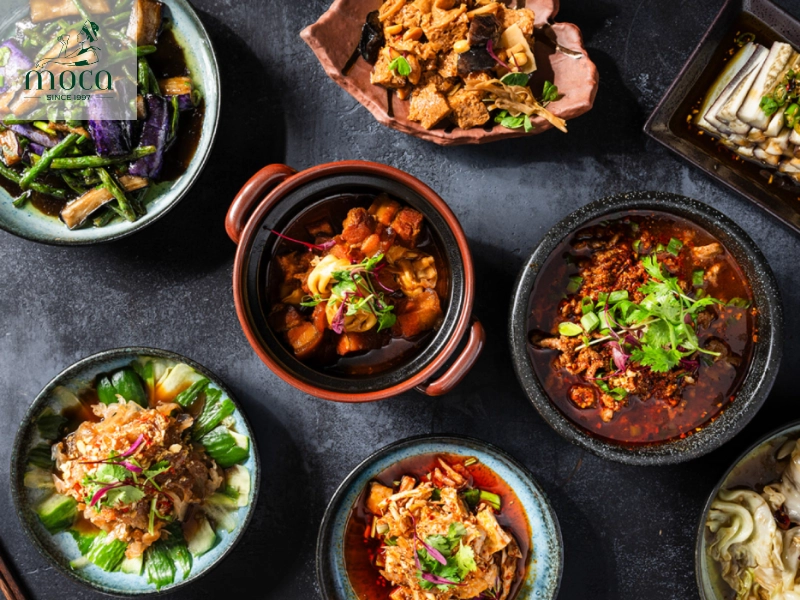
Michelin-starred dining isn't just about food; it's an art form where every detail is crafted to perfection for a truly unforgettable experience.
Learn more: How Restaurants Earn Michelin Stars: A Guide to Culinary Excellence
4. The impact of Michelin stars on Asian cuisine in Vietnam
The arrival of Michelin stars in Vietnam has had a profound impact on the perception and development of Asian cuisine within the country. The recognition bestowed upon Michelin Asian Restaurants has elevated the profile of Vietnamese gastronomy on the global stage, attracting international attention and solidifying Vietnam's position as a culinary destination.
The Michelin Guide's presence has also fueled culinary tourism and cultural exchange. Food enthusiasts from around the world are drawn to Vietnam to experience the authentic and innovative Asian flavors offered by these acclaimed restaurants. This influx of culinary tourists not only boosts the local economy but also fosters a greater appreciation for Vietnamese culture and culinary traditions.
Furthermore, the pursuit of Michelin stars has encouraged both the preservation and innovation of Asian culinary traditions in Vietnam. Chefs are driven to uphold the authenticity of traditional dishes while also experimenting with new techniques and ingredients to create innovative and exciting culinary experiences. This delicate balance between tradition and innovation ensures that Vietnamese cuisine continues to evolve and thrive. The emphasis on high-quality, locally sourced ingredients, a hallmark of Michelin Asian Restaurants, also contributes to the sustainability of local food systems and the preservation of culinary heritage.
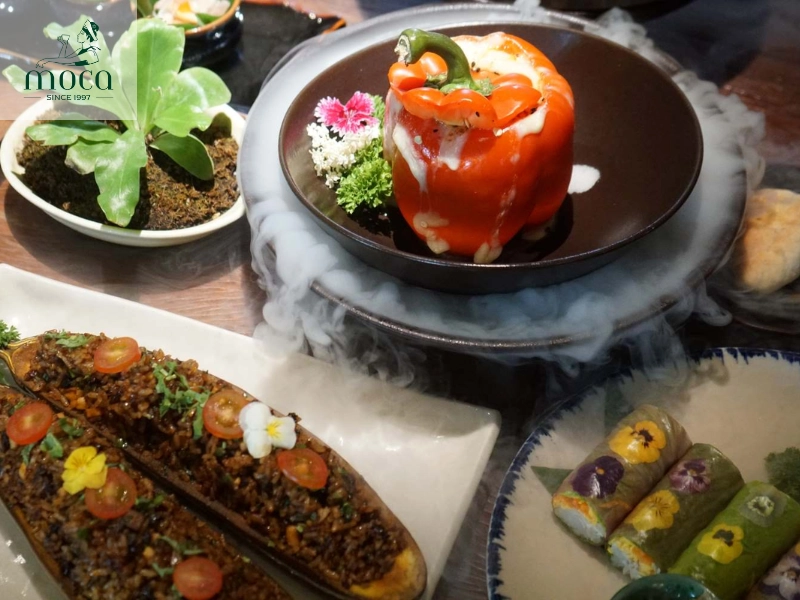
Michelin stars in Vietnam are not just a symbol of excellence, but a catalyst for culinary tourism, cultural exchange, and the evolution of Vietnamese cuisine.
The Michelin Asian Restaurants in Vietnam represent the pinnacle of culinary excellence and diversity, showcasing the richness and innovation of Asian cuisine within the country. From the refined teppanyaki of Hibana by Koki to the traditional Northern Vietnamese flavors of Tầm Vị, and the creative fusion at Ănăn Saigon, these establishments offer a testament to the ongoing evolution of Asian gastronomy in the Vietnamese culinary scene. Ultimately, these restaurants are not only culinary destinations but also cultural ambassadors, preserving and celebrating the artistry and significance of Asian cuisine for both local and international palates.
If you're looking for more reviews on Michelin stars restaurants, don't hesitate to check out Moca Dining for more insights!
For reservations and more information, simply visit Moca Dining’s official website or contact us directly. We're here to make your dining experience truly memorable.
Contact details
Moca Dining
16 Nha Tho, Hang Trong Ward, Hoan Kiem District, Hanoi
Tel: 0819961997 | 08.1997.2023
